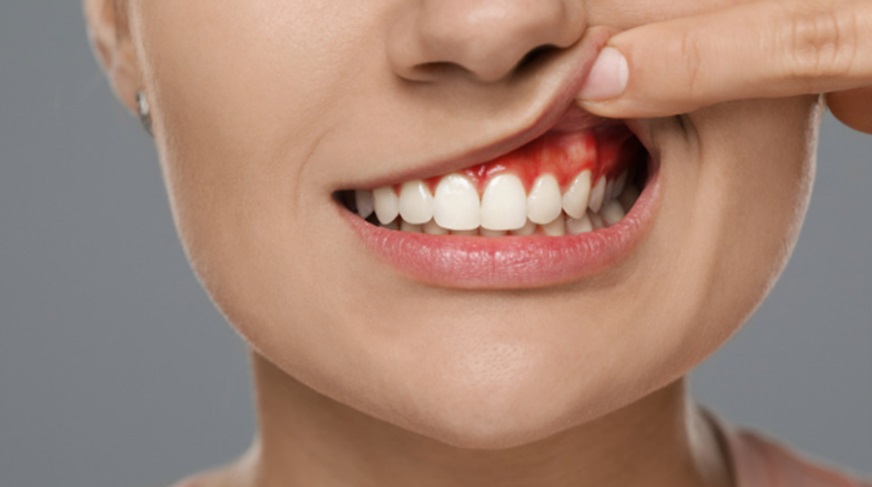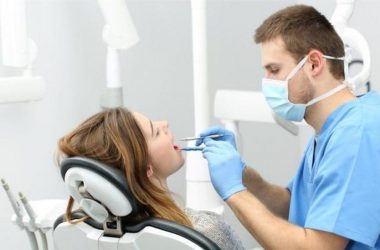Gum disease affects millions of people, with two main stages: gingivitis and periodontitis. Both impact oral health but differ in severity and treatment. Early detection is key to avoiding long-term complications. If you need gingivitis treatment in Houston, several professional options are available to manage the condition effectively.
What is Gingivitis?
Gingivitis is the earliest stage of gum disease, marked by inflammation due to plaque buildup along the gumline. Common symptoms include red, swollen gums and occasional bleeding during brushing or flossing. While typically painless, gingivitis should not be ignored as it can worsen over time.
Fortunately, gingivitis is reversible with good oral hygiene, including brushing, flossing, and regular dental cleanings. If untreated, it can develop into periodontitis, a more severe form of gum disease that requires advanced care.
What is Periodontitis?
Periodontitis occurs when gingivitis progresses and starts damaging the bone and tissues that support the teeth. The gums pull away from the teeth, forming pockets where bacteria accumulate, leading to infection. As the disease advances, it can destroy bone, resulting in tooth loss.
Unlike gingivitis, periodontitis is not reversible but can be managed with more intensive treatments. Early intervention is critical to preventing further damage, so it’s important to visit a dental clinic in Houston for specialized care.
Treatment Options for Gingivitis and Periodontitis
Treatments for gum disease vary depending on its stage.
- Gingivitis Treatment: The focus is on reducing inflammation and removing plaque. This is usually done with professional dental cleanings and improved at-home hygiene practices. Severe cases may require treatments like scaling and root planing.
- Periodontitis Treatment: Periodontitis requires more aggressive measures, such as deep cleaning, scaling, and root planing to eliminate bacteria from below the gumline. In advanced cases, surgical procedures may be needed to restore damaged bone and tissues. Ongoing dental visits are crucial to managing this condition.
Prevention and Early Detection
Preventing gum disease starts with regular dental visits, where early signs of gingivitis can be identified before it progresses. Daily habits, such as brushing twice a day, flossing, and using mouthwash, also play a significant role in preventing plaque buildup.
A periodontal examination is essential for diagnosing gum disease, as it helps your dentist assess gum health and detect bone loss. For more information on what happens during a periodontal exam, check out this article.
Conclusion
Both gingivitis and periodontitis can severely affect oral health if left untreated. While gingivitis can be reversed with proper care, periodontitis requires more comprehensive treatment to manage. Early intervention and maintaining good oral hygiene are key to preventing the progression of gum disease. If you notice symptoms like bleeding gums, swelling, or persistent bad breath, don’t wait to seek treatment from a dental professional.
Frequently Asked Questions
1. Can gingivitis be reversed?
Yes, gingivitis can be reversed with timely treatment and good oral hygiene.
2. How do I know if I have periodontitis?
Signs include receding gums, persistent bad breath, and loose teeth. A dental examination is required to confirm the diagnosis.
3. How often should I visit the dentist?
It is recommended to visit the dentist twice a year for checkups and cleanings, but those with gum disease may need more frequent visits.

















